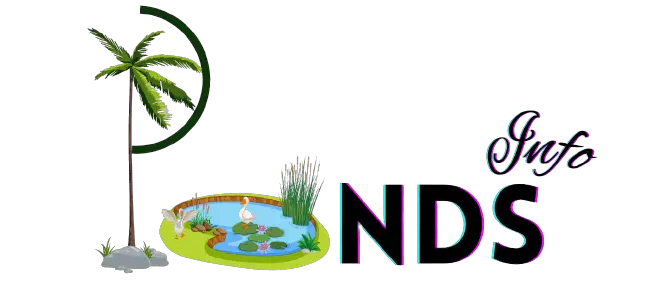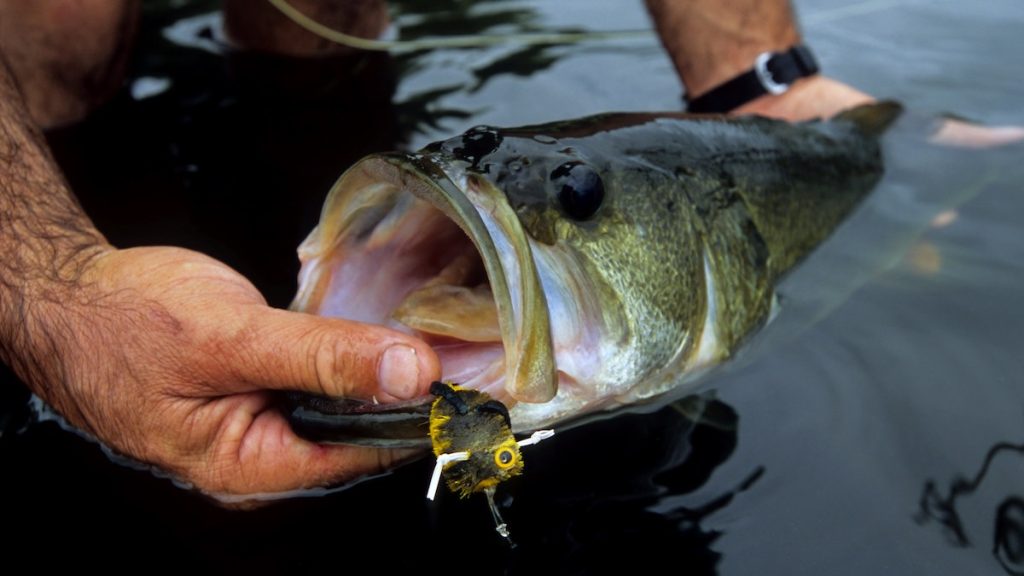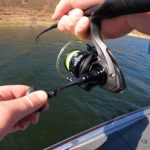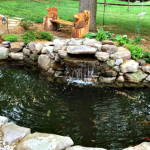Building or managing a pond for bass requires careful attention to depth. The depth of the pond affects temperature, oxygen levels, and habitat balance, all of which determine how healthy and active your bass population will be.
Ideal Pond Depth for Bass
For bass, the ideal pond depth is usually between eight and twelve feet. This range provides enough cool, oxygen-rich water during summer while maintaining shallow areas for feeding and spawning. Shallower zones, around two to four feet deep, are especially important because they support small fish, insects, and aquatic plants that bass rely on for food. Deeper water, on the other hand, gives bass a place to retreat when temperatures rise or conditions change.
Designing the Pond Bottom
When constructing a bass pond, aim for a gentle slope from the shoreline into deeper water. Avoid steep drop-offs near the edges. A gradual slope prevents erosion and provides multiple habitats for different life stages of fish. Adding variety to the pond bottom—such as shelves, humps, or drop-offs—creates diverse environments where bass can feed, spawn, and find shelter.
Oxygen and Water Circulation
Depth alone will not keep bass healthy. Oxygen levels are just as important. Deep water can become stagnant and lose oxygen, especially during hot months. Installing an aerator, diffuser, or fountain helps keep water circulating and maintains proper oxygen levels throughout the pond. Good circulation also prevents excessive algae growth and helps control temperature.
Seasonal Considerations
If you live in a cold region where ponds may freeze during winter, make sure the deepest part of the pond is at least ten to twelve feet deep. This ensures there is enough unfrozen water for bass to survive until spring. In warmer climates, ponds can be slightly shallower as long as they receive shade and maintain good oxygen levels through aeration.
Balancing Depth and Habitat
A successful bass pond has a mix of shallow, mid-depth, and deep areas. The shallow zones provide space for spawning and feeding, while the mid-depth areas serve as everyday habitat. The deeper sections act as a refuge during heatwaves or cold snaps. This balance keeps the ecosystem healthy and supports steady bass growth.
Conclusion
A pond built for bass should generally be eight to twelve feet deep with plenty of shallow edges and good water circulation. By creating a range of depths and maintaining oxygen levels, you give bass everything they need to thrive. A well-designed pond not only supports healthy fish but also provides a natural, balanced environment that stays productive year after year.





